Introduction to the Pickleball Drop Shot
The pickleball drop shot serves as an essential tool in any player’s toolbox, emphasizing both tactical depth and the necessity for precision. By gently lifting the ball just over the net and into the non-volley zone, often called the "kitchen," players can disrupt their opponents' rhythm and positioning. This technique is not merely a soft touch; it is a calculated effort to draw the opponent forward, often forcing them into uncomfortable positions. The drop shot’s effectiveness is magnified when it’s executed with superb control and strategic insight, making it a pivotal shot in competitive gameplay.
In essence, the purpose of the drop shot is twofold. First, it can create scoring opportunities by catching opponents off guard. Secondly, it plays a crucial role in controlling the pace of the game, allowing the player to dictate the flow rather than simply reacting to the opponent’s actions. By mastering the drop shot, players gain an advantage, enabling them to manipulate their opponent’s positioning and create dynamic play scenarios that are often game-changing.
What is a Pickleball Drop Shot?
At its core, a pickleball drop shot is a tactical shot designed to softly place the ball just over the net, ideally landing within the kitchen an area that penalties volleys. This type of shot is cornered in strategy and can be viewed as the gentle whisper in the often loud and boisterous dialogue of the game. It contrasts sharply with faster, more aggressive shots that rely on power, reinforcing the notion that not all successful plays are born from sheer strength.
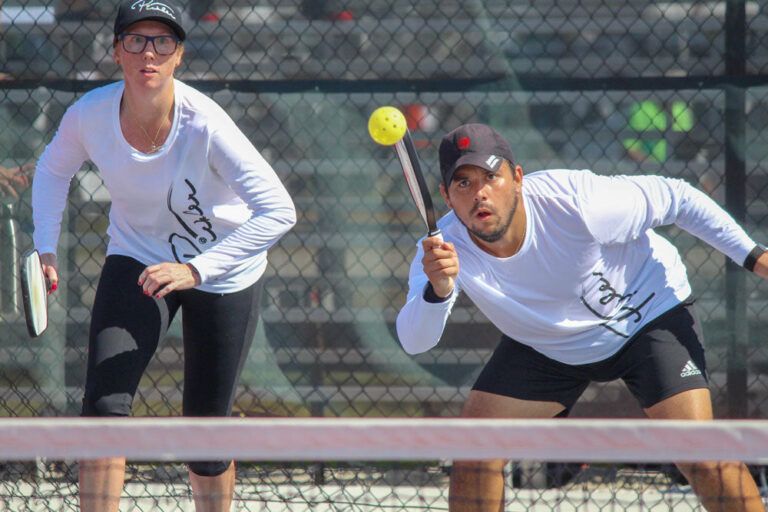
The drop shot comes into play during various scenarios: when the opponent is positioned deep within the court, making it difficult for them to quickly react, or when you’ve set them up with a deep shot that invites a return. Its gentle arc is designed not just to pass the opponent but to pause them in their tracks, challenging their anticipated rally and leaving them guessing about your next move.
Why Use a Drop Shot?
Using a drop shot can significantly alter the rhythm of a match. It is akin to playing chess; every move must be deliberate and informed. Here are several benefits to incorporating this shot into your game:
- Force Errors: By introducing unpredictability, players can induce errors from their opponents who may misjudge the ball's trajectory and timing.
- Control Pace: The drop shot allows players to introduce variations in speed, making it harder for opponents to establish their rhythm and adjust their gameplay accordingly.
- Offensive Setup: A well-placed drop shot can set up other potent shots, leading to scoring opportunities that might have been missed with a more aggressive play.
In summary, the drop shot serves as a tactical alternative that can disrupt the flow for an opponent while giving the executing player the advantage of controlling the pace and direction of the match.
Types of Pickleball Drop Shots
Understanding the different types of drop shots can enhance a player’s repertoire, providing options suited to various situations. Each type has its unique application, adding complexity to gameplay and strategy.
- Forehand Drop Shot: Ideal for players who prefer using their stronger side, the forehand drop shot requires precise paddle control to ensure minimal force is used while maintaining effective backspin.
- Backhand Drop Shot: Utilizing the backhand can sometimes catch opponents off guard, especially when combined with deceptive movements that mislead the opposing player regarding your shot intentions.
- Roll Drop: This playful variation involves topspin, which affects the ball’s trajectory and bounce, potentially complicating the opponent's return.
- Push Drop: Made with a subtle push motion, this variant is particularly effective when the opponent is positioned deeper in the court.
Each of these drop shot types plays a distinctive role, allowing players to adapt their strategy based on the flow of the game and their opponent's positioning.
Forehand Push Drop
The forehand push drop shot is characterized by a quick wrist movement that sends the ball gently over the net. This maneuver is particularly advantageous because it can be executed swiftly, with minimal preparation time. Players employing this technique must focus on their grip to maintain control while delivering the shot.
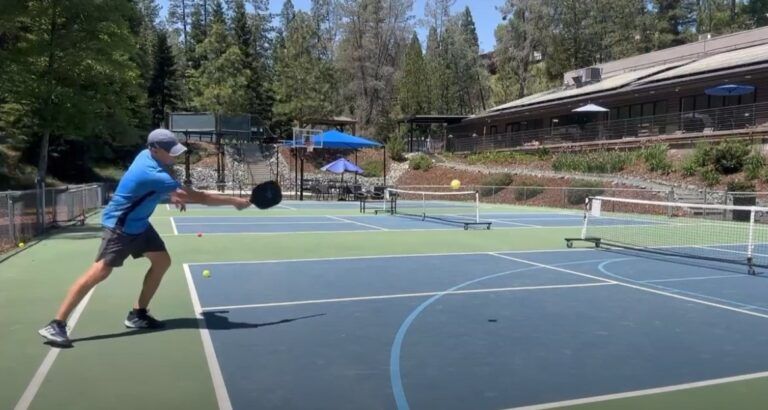
Advantages:
- Quick execution, making it unpredictable for opponents.
- Ideal for players who favor forehand shots, allowing for comfortable positioning.
Disadvantages:
- Requires high precision; any mishandling could result in overshooting the intended zone.
Backhand Slice Drop
The backhand slice drop is another critical component of a player’s arsenal. It involves slicing the ball while imparting backspin, causing it to settle softly upon landing.
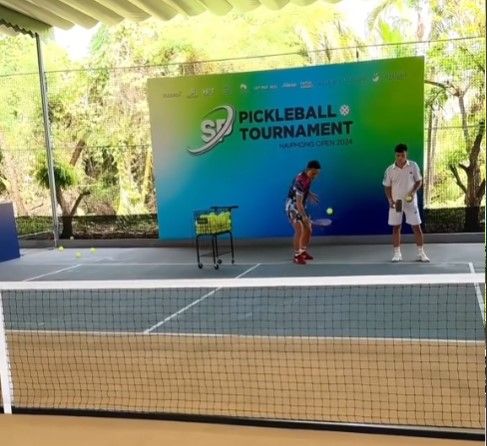
- Advantages: Effective for surprising opponents who may expect forehand shots. Useful for controlling ball speed and placement over the net.
- Disadvantages: Requires practice to master; otherwise, it can result in errors.
Forehand Roll Drop
The forehand roll drop involves a topspin technique that can accelerate the ball’s downward trajectory and create a downward bounce upon landing.
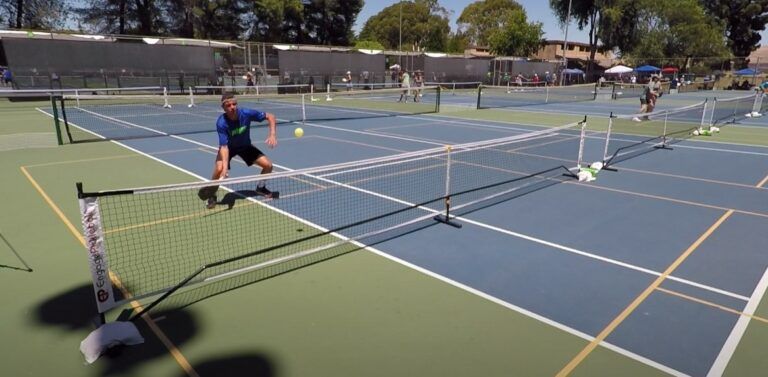
- Advantages: Complicates return for opponents, particularly if they are not accustomed to handling topspin shots.
- Disadvantages: Can be more challenging to execute consistently.
Advanced Drop Shot Strategies
In addition to mastering basic drop shot techniques, exploring advanced strategies can further broaden a player's skills. One effective approach is to disguise the drop shot by maintaining the same preparation motion as a more aggressive shot before executing the drop. This can fool opponents into anticipating a strong hit rather than a gentle touch.
Utilizing angles and experimenting with cross-court drop shots also adds depth to a player’s strategic game. By targeting corners and crafting unexpected trajectories, players can position themselves advantageously while keeping their opposition on their toes.
Essential Elements of a Successful Drop Shot
To execute a successful drop shot, players must hone fundamental techniques that enhance effectiveness. The following elements form the foundation of a productive drop shot.
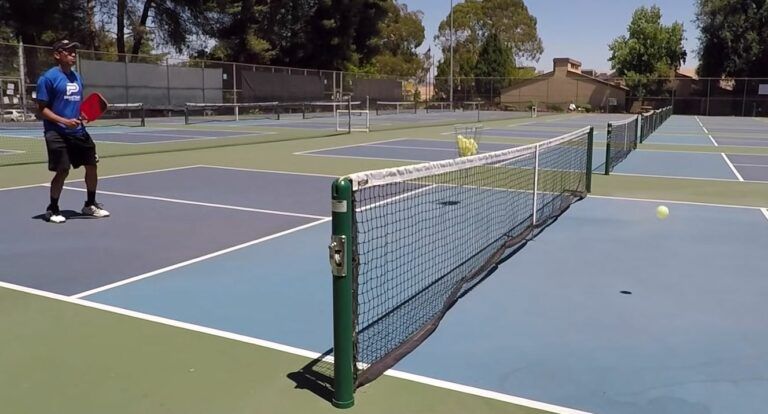
The Importance of Soft Hands and Touch
In pickleball, having soft hands translates to better ball control and precision. A light grip allows for a delicate touch that’s essential for the drop shot. Players should focus on making contact with the ball lightly, incorporating backspin to manage the bounce.
Mastering Body Positioning and Balance
Body positioning is critical during shot execution. Proper stance with knees slightly bent and weight shifted on the balls of your feet enhances balance and ensures quick movement if the opponent returns the shot.
Paddle Control: Movement and Follow-Through
Paddle control is fundamental for directing the ball’s trajectory. Maintaining an open paddle face while following through minimally helps keep the shot low and reduces the risk of overshooting.
Strategic Footwork for Drop Shots
To successfully execute drop shots, players must adopt effective footwork strategies. This includes utilizing a split step, which prepares for an immediate reaction to the opponent's movements. Quick footwork can distinguish between a successful drop shot and a missed opportunity.
Step-by-Step Guide to Executing Drop Shots
Mastering the execution of the drop shot requires an understanding of the mechanics involved in both forehand and backhand shots. Here’s a closer look at the step-by-step process for each technique.
Executing the Forehand Drop Shot
- Grip: Use a continental grip to allow for versatility.
- Stance: Position your feet shoulder-width apart, knees slightly bent for a balanced posture.
- Contact Point: Aim to make contact with the ball in front of your body for better control.
- Paddle Angle: Keep the paddle face open during contact to create a soft touch.
- Follow-Through: Maintain a controlled follow-through for minimized ball velocity.
Executing the Backhand Drop Shot
- Grip: A two-handed grip may provide better control on this shot.
- Stance: Maintain a stable posture, pivot slightly to face the net.
- Contact Point: Ensure contact is made at waist height for optimal placement.
- Paddle Angle: Similar to the forehand, an open paddle face ensures a gentle touch.
- Follow-Through: A short, controlled follow-through prevents the ball from traveling too far.
Understanding these steps and committing to consistent practice improves technique and builds confidence in executing successful drop shots during play.
Advanced Drop Shot Strategies
Once players have mastered the fundamental techniques of drop shots, advanced strategies can take their game to the next level. Deception plays a crucial role in maximizing the effectiveness of the drop shot.
Disguising Your Drop Shot for Maximum Deception
To keep opponents guessing, players should work on disguising their drop shots. This can be achieved by maintaining the same motion for both aggressive and drop shots, which makes it challenging for the opponent to predict the type of shot they will encounter.
Utilizing Angles and Cross-Court Drop Shots
To create effective angles, consider using cross-court drop shots. By targeting the far corners of the court, players can maximize placement and force their opponents to cover more ground, increasing the chance of making errors.
Mixing Up Your Shots to Keep Opponents Guessing
Variation is key in maintaining pressure on opponents. Incorporating a blend of drives, dinks, and drop shots can make it difficult for them to anticipate your next move, leading to potential scoring opportunities.
Common Mistakes to Avoid
Learning is often accompanied by mistakes, and understanding common pitfalls can enhance a player’s consistency and precision. Here are several common errors to watch out for.
Hitting the Ball Too Hard
One of the prevalent mistakes in executing a drop shot is applying too much force. In this case, controlling the touch and placement is essential. Players should focus on a gentle touch to avoid high bounces.
Poor Body Positioning and Balance
Failing to maintain a proper stance can result in off-balance shots. It's crucial to manage weight transfer and ensure a solid foundation for shot execution.
Telegraphing Your Drop Shot Intentions
Being too obvious in shot preparation can allow opponents to anticipate your move, nullifying the element of surprise. This is where deception becomes vital.
Improper Grip or Paddle Angle
Inadequate grip or incorrect paddle angles can lead to inconsistent shots. Players should practice to find what works best for their style to maintain control over the ball’s trajectory and spin.
Practice Drills for Drop Shot Mastery
Regular practice is essential for developing accuracy and refining techniques. Incorporating targeted drills can significantly enhance skill level and confidence.
Solo Practice Drills
Engaging in drills such as wall hits allows for solo practice of touch and accuracy. Players can focus on achieving the perfect drop without the pressure of a match setting.
Partner Drills for Game-like Scenarios
Simulating real-game scenarios with a partner can provide invaluable experience. Practicing under pressure helps in refining timing and decision-making skills.
Targeted Drills for Forehand and Backhand Drop Shots
Dedicated drills that focus on specific types of drop shots allow players to hone their skills. Progressively practicing from baseline to the non-volley zone can lead to significant improvements in accuracy.
Strategic Application: When to Use a Drop Shot
Knowing when to execute a drop shot is as crucial as the execution itself. Analysis of the opponent’s positioning and the flow of the game can inform shot selection.
Identifying Ideal Drop Shot Situations
Understanding when an opponent is positioned further back in the court presents an excellent opportunity for a drop shot. Assessing their positioning can lead to effective scoring plays.
Analyzing Your Opponent's Weaknesses
Each player has patterns and tendencies that can be exploited. Observing how opponents react to varying shots can inform your strategic decisions and enable you to create scoring opportunities.
Understanding Court Positioning and Game Flow
In doubles play, coordinating with your partner through effective communication can set up well-timed drop shots. Understanding court dynamics enhances strategies to capitalize on opponents’ movements.
Drop Shots in Doubles vs. Singles: Key Differences
Drop shot strategies can vary significantly based on whether a match is played as singles or doubles.
Drop Shot Strategies for Doubles
In doubles scenarios, clear communication with a partner becomes essential. Coordinated attacks using drop shots can catch opponents off guard and create gaps in defense.
Adapting Drop Shots for Singles Play
In singles matches, the ability to execute aggressive drop shots and swiftly transition to passing shots can be imperative, as players aim to maximize court coverage and control.
The Mental Game of Drop Shots: Elevate Your Strategy
Winning in pickleball often extends beyond physical skills; the mental aspect plays a significant role. Confidence, decision-making, and reading opponents can transform your approach.
Building Confidence in Your Drop Shot
Consistent practice reinforces confidence. Focus on positive self-talk and trust in your developed skills to enhance performance under pressure.
Reading Your Opponent's Body Language and Reactions
Anticipating opponents’ movements based on their body language can provide crucial insights that inform your shot selection and timing, making it difficult for them to respond effectively.
Staying Composed Under Pressure: Handling Crucial Moments
Maintaining focus and composure during critical match moments is essential. Practicing breathing techniques can help manage nerves and support better decision-making under pressure.
Developing a "Drop Shot Mindset": Patience and Deception
Emphasizing strategic thinking and patience enhances drop shot execution. Cultivating a mindset focused on unpredictability can create additional advantages on the court.
Countering the Drop Shot: Defensive Strategies
Understanding how to defend against drop shots is equally important. Employing effective strategies and anticipation can mitigate the risk of allowing scoring opportunities.
Reading Drop Shots: Anticipating the Trajectory
Being able to read the opponent’s cues, such as their paddle angle and ball position, enables quicker reactions and increases the chance of accurately gauging a drop shot's trajectory.
Effective Footwork for Retrieving Drop Shots
Maintaining agility and quickness aids in positioning to return drop shots effectively. Speed and explosiveness are crucial in getting into position for low shots.
Counter-Attacking Options: Turning Defense into Offense
Recognizing an opponent's drop shot can create a valuable opportunity. Players can swiftly transition from a defensive posture to an offensive response, creating their own scoring chances.
Conclusion: Mastering the Pickleball Drop Shot
In summary, mastering the drop shot in pickleball is not merely about the technical execution but also understanding the strategic implications behind it. Continuous practice, paired with an awareness of when to deploy this shot, can significantly elevate your game. While finesse may often take precedence over strength in this maneuver, it’s the calculated surprises and subtle touches that can turn the match in your favor. As you develop your techniques and refine your gameplay, remember that the drop shot can be a true game-changer when wielded with skill and confidence.
By embracing all aspects of this shot from execution to emotional resilience you’ll not only become more effective on the court but also enjoy a richer experience in your pickleball journey.










